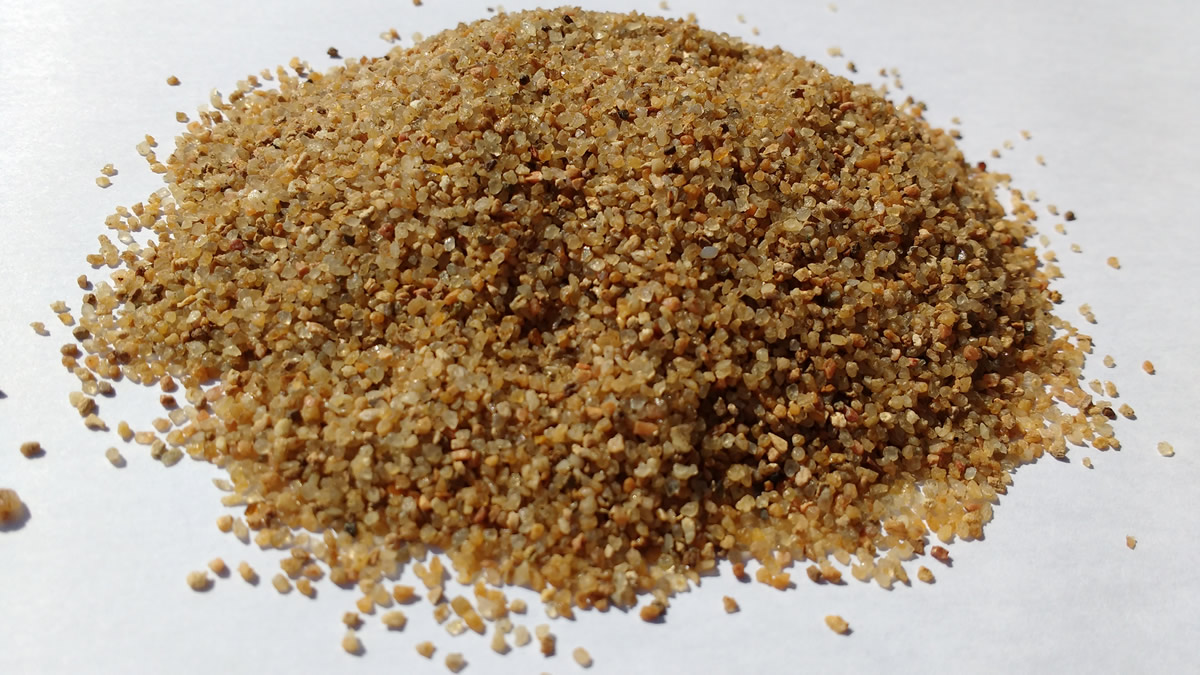Molecular control of gonadal differentiation within the chicken embryo
Within the mammalian embryo, two essential ovarian pathways have now been defined. The initial involves the canonical ?-catenin signalling path. In this path, ovarian signalling particles R-Spondin 1 (Rspo1) and Wnt-4 activate the ?-catenin pathway into the developing feminine gonad (Fig. 2 ). Rspo1 is currently considered to trigger Wnt4, plus they then behave together to stabilise ?-catenin (Tomizuka et al. 2008 ). XX ?-catenin null mice develop masculinised gonads, and also this impact is extremely comparable in mice with targeted deletions of Rspo1 or Wnt4 (Liu et al. 2009 ). Consequently, the ?-catenin pathway represents a critically crucial regulator of ovarian development, at the least in animals. Exactly the same might also connect with wild birds.
The pathway that is second to ovarian development requires the transcription element FOXL2 ( f orkhead b ox (winged helix)).
In animals, FOXL2 activates key occasions involved with ovarian growth and differentiation, such as aromatase expression that is enzyme inhibin and follistatin gene expression, and granulosa mobile development (Harris et al. 2002 ; Schm >2004 ; Blount et al. 2009 ). Within the chicken, FOXL2 is also triggered female—specifically during the period of intimate differentiation (E5.0; HH stages 27–28), plus the protein co-localises with aromatase enzyme in medullary cells of this developing ovary (Govoroun et al. 2004 ; Hudson et al. 2005 ). Aromatase converts androgens to oestrogens, and it is probably be triggered by FOXL2 (Govoroun et al. 2004 ; Hudson et al. 2005 ; Fleming et al. 2010 ). Oestrogens are powerful factors that are feminising non-mammalian vertebrates. Avian men treated with oestrogen can develop transient ovaries (evaluated Scheib 1983 ), while inhibition of aromatase enzyme activity can cause intercourse reversal of feminine chicken embryos (Elbrecht and Smith 1992 ; Vaillant et al. 2001 ). Aromatase therefore represents a crucial factor needed for gonadal intercourse differentiation associated with chicken, showing that steroid hormones play essential functions during the early phases of avian gonad development. Nonetheless, neither the aromatase gene nor its prospective activator, FOXL2, is intercourse connected into the adult friend chicken. The upstream activator for this FOXL2-aromatase pathway in ZW embryos is unknown.
It was proposed that a man and female differentiation paths are mutually antagonistic, both during the embryonic and postnatal phases (Kim et al. 2006 ; Sinclair and Smith 2009 ; Veitia 2010 ). For instance, within the mouse embryo, Sox9 and Wnt4 mutually antagonise each other during testis and formation that is ovarianBarske and Capel 2008 ). Ablation of critical gonadal sex-determining facets at postnatal phases causes transdifferentiation associated with gonad, and growth of traits associated with the sex that is opposite. As an example, ablation of FOXL2 in postnatal feminine mice results in testis-like cable structures that express SOX9 and AMH and harbour differentiated spermatogonia (Uhlenhaut et al. 2009 ). Likewise, removal of DMRT1 in postnatal mice enables reprogramming of Sertoli cells to granulosa cells that express FOXL2 (Matson et al. 2011 ). These studies not just show the lability of supposedly terminally differentiated gonads, nevertheless they additionally reveal that the sexual phenotype of differentiated gonads should be constantly maintained in a mutually antagonistic environment (Fig. 2 ). Whether this antagonism that is post-embryonic animals additionally prevails within the chicken system is unknown.
Of specific interest may be the legislation of genes which can be expressed both in sexes but at various amounts. As an example, chicken DMRT1 and AMH are expressed within the gonads of both sexes but more extremely in men. exactly exactly How is it expression that is differential? Legislation could happen at the transcriptional degree, with a different sort of group of facets running in men versus females. An alternative solution possibility is post-transcriptional legislation. A potential role exists for regulatory control by miRNAs in this context. We among others have actually detected miRNAs in embryonic gonads, where they could modulate the hereditary paths needed for intimate differentiation (Bannister et al. 2009 ; Hossain et al. 2009 ; Huang et al. 2010 ; Torley et al. 2011 ; Tripurani et al. 2010 ).
MiRNA biogenesis and function
MicroRNA biogenesis and modes of action. ( A) After synthesis, the miRNA forms a secondary hairpin framework that is recognised by Drosha, which cleaves the hairpin through the main transcript (pri-miR). Exportin-5 exports the hairpin towards the cytoplasm, where DICER eliminates the cycle and assists loading associated with the mature miRNA into the RNA-induced Silencing involved (RISC). ( B) Once loaded into RISC, the miRNA directs RISC to a target web web web sites inside the target mRNA. RISC frequently causes translational silencing by de-adenylation for the mRNA poly an end, interfereing with polysome development, degrading the polypeptide as it’s synthesised or directly cutting right through the miRNA target web web site. RISC might also direct mRNAs to presumably p bodies for future interpretation or degradation



